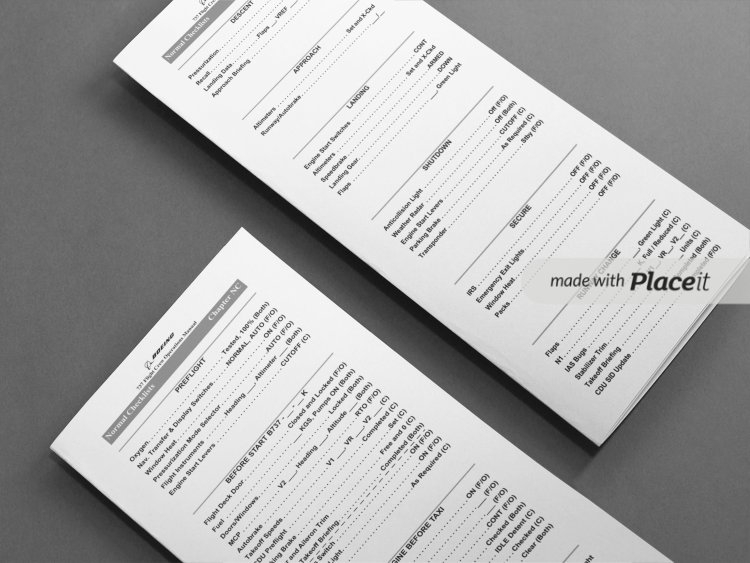

This is one of the few rigid rules that we enforce regularly. You took the time to be here, we want to get to know you. We do this in order to keep conversations personal and familiar.

Since 1997, we have asked users to sign their real name, first and last, to all posts in the PMDG forum. It is also what you screw around with to make de-rated take-offs, which you might do for reasons of economy, or to adhere to noise abatement regulations, or if the static air temperature is in any way out of the ordinary.1) SIGN YOUR POSTS.

That's the kind of thing Cost Index is about on an FMC, where the engines might only use a certain percentage of the maximum available thrust for economic flight when controlled by the autothrottle, or to extend the aircraft's range or whatever. You do occasionally see percentages over 100 percent (meaning the fan is rotating over its normal maximum RPM), and that can be done for either a limited time, or can also be when the engine is re-rated, but the figures in the instrumentation software have not been changed to reflect the new rating of the engine.To make use of the N1 figure, you typically put a value into the FMC which controls the thrust the engine will use. The actual figure for N1 is a percentage of the maximum rotation it is designed to handle, so if it can rotate at a maximum of 10,000 rpm, then 90 percent N1 is 9,000 rpm. Different compressor stages are also often mounted concentrically on sleeved shafts with the N1 shaft sleeved over by the N2 shaft etc (depending on how many compressor stages the engine has).The N1 value you see on the instruments refers to the first stage of the compressor (i.e the fan blades you can see from the front of a jet plane) and how fast it is rotating. To expand on what Pete has said, the N numbers you see for engines generally refer to the compressor blade stages in an engine, typically being numbered from the front to the back of the engine (so N1 is at the front, N2 is behind it, etc).


 0 kommentar(er)
0 kommentar(er)
